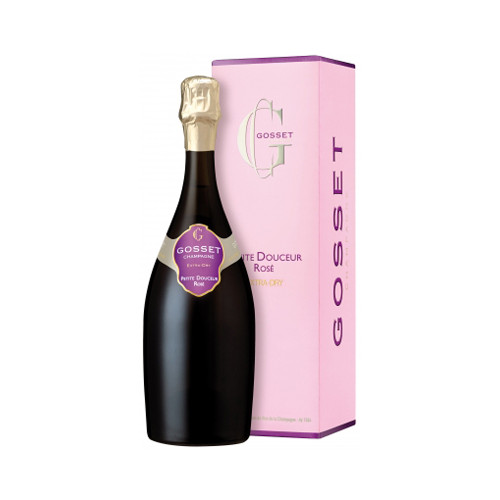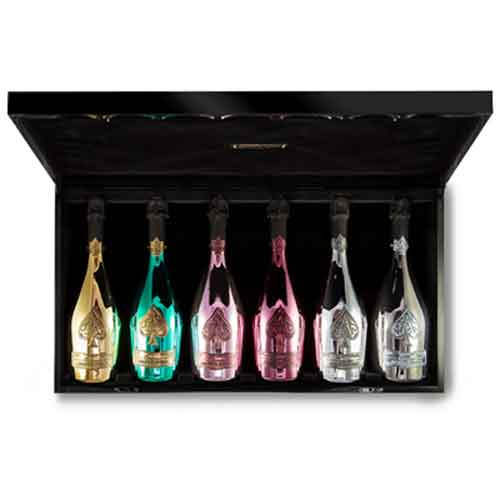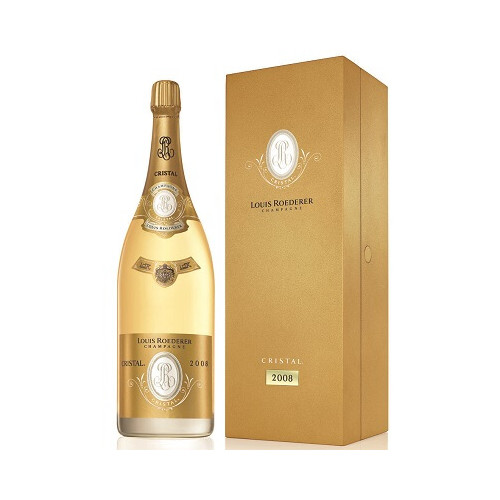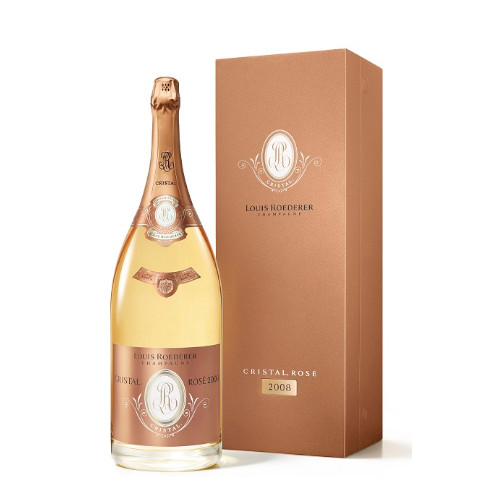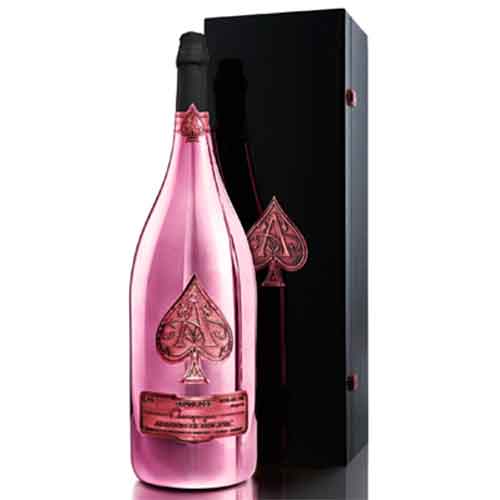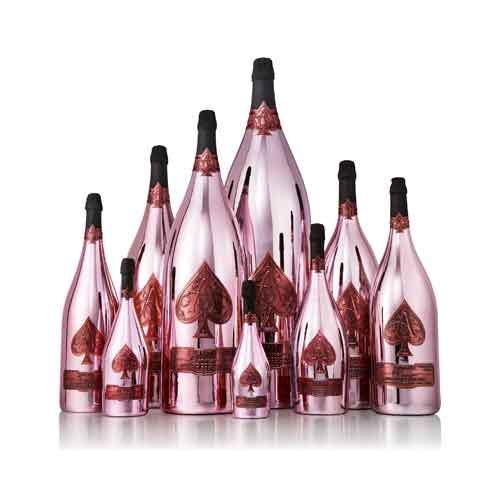Tasting Notes: The colour is salmon-pink. Beautiful effervescence with a string of fine bubbles. On the nose, flavours of ripe strawberry followed by raspberry. To finish, after the wine has warm-up slightly, notes of quince, blood orange and verbena. The well balanced palate is dominated by notes of strawberry, raspberry but also pink grapefruit and lemon. This is a wine to share on all occasions. Serve between 8°C and 10°C JEAN-PIERRE MAREIGNER, CELLAR-MASTER, COMMENTS: “I wanted to play on the subtle balance between sweetness and acidity. I was looking for a wine to pair with desserts typical of my childhood: crêpes Suzette, orange blossom cake, a pear tart with cinnamon …” Food Pairing: Its perfectly well balanced dosage (extra-dry) makes it the perfect accompaniment for sweet and sour dishes, desserts and tea parties. Ideal with a raspberry or mandarin macaroon, small fruit tarts or a chilled soufflé with pink grapefruit. Blend: 60% Chardonnay, 40% Pinot Noir including 7% red wine The villages – Bouzy, Ambonnay, Cumières, Avize, le Mesnil-sur-Oger Time spent in the cellars before disgorging – Minimum 3 years Dosage: Extra dry 17 g/l Background Information: Champagne Gosset is the oldest wine house in Champagne established in Ay in 1584 and is owned by the Cointreau family. The Cointreaus also own Gosset’s sister company, Cognac Frapin, and Jean Pierre is currently C.E.O of both companies. They bought Gosset in 1993 when Albert Gosset of the original Gosset family died. The Cointreaus hold strong the belief that Gosset is a family run business and maintain the hands on approach that was started by the original Gosset family. Situated in the tiny Grand Cru village of Aÿ, 5 kilometres north of Epernay, Gosset has some rather famous neighbours, including Bollinger. However, production is much below that of the larger houses and would struggle to reach the number of bottles produced by Krug in a year. Yearly production has now reached almost 1.3 million bottles. All Gosset champagnes are ‘recently disgorged’ and the house does not undertake malolactic fermentation. This preserves acidity which in turn keeps the wine fresh for much longer. Bottles are removed from one part of the cellar to another every six months, and given a vigorous shake in the process. This reinvigorates any live yeast and is only carried out by a few houses. The Gosset style is very creamy, dry but not acidic, full, biscuity and yeasty. All the cuvees have good bottle age. The champagnes are excellent by themselves or with food.

- Home
- Shop
- Some Whisky Categories
- Ben Nevis Single Malt Scotch Whisky
- BenRiach Single Malt Scotch Whisky
- Benrinnes Single Malt Scotch Whisky
- Benromach Single Malt Scotch Whisky
- Blended Scotch Whisky
- Bourbon Barrel
- Cask Strength
- Douglas Laing & Co
- Edradour Single Malt Scotch Whisky
- Adelphi
- All Spirits
- Yamazaki Japanese Whisky
- Yamazakura Distillery
- Virgin Oak
- Tomintoul Single Malt Scotch Whisky
- Togouchi Japanese Whisky
- Tobermory Single Malt Scotch Whisky
- The Speyburn Single Malt Scotch Whisky
- The Inchgower Single Malt Scotch Whisky
- The Glenlivet Single Malt Scotch Whisky
- The Balvenie Single Malt Scotch Whisky
- The Alistair Walker Whisky Company
- Talisker Single Malt Scotch Whisky
- Suntory Japanese Whisky
- Blended Whisky
- Some Wine Categories
- Our Best Sellers
- Worth Checking
- Deals of the week
